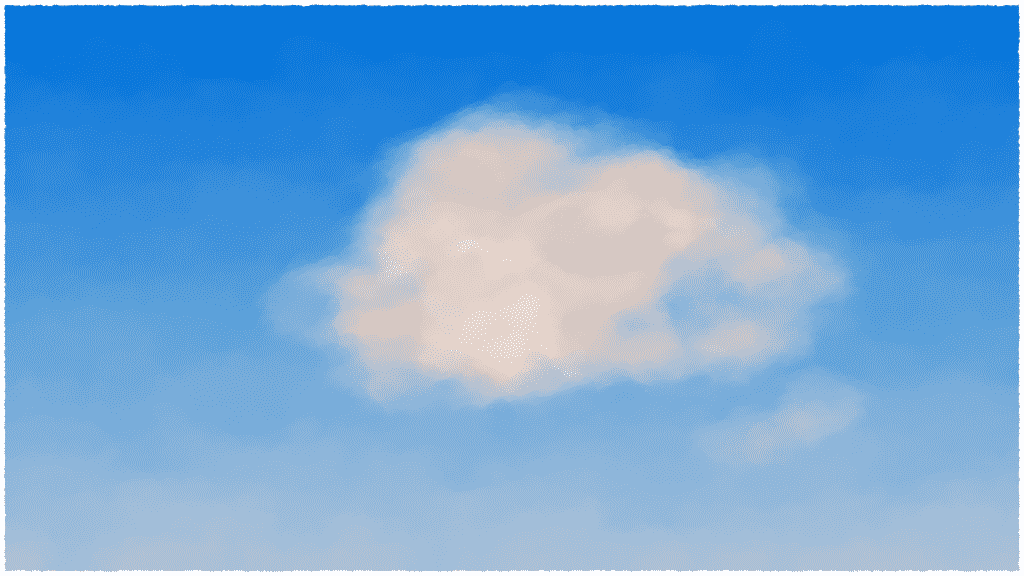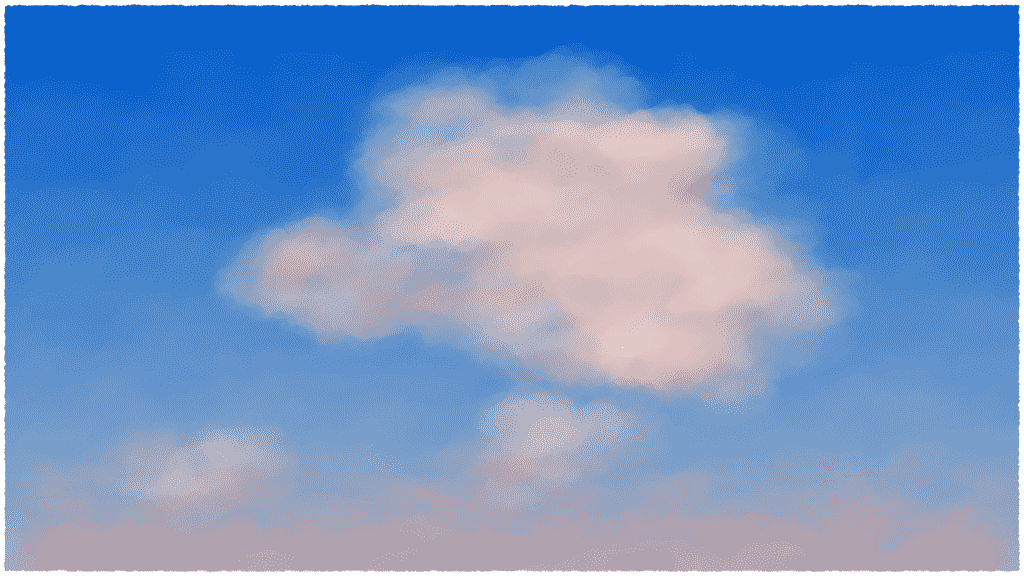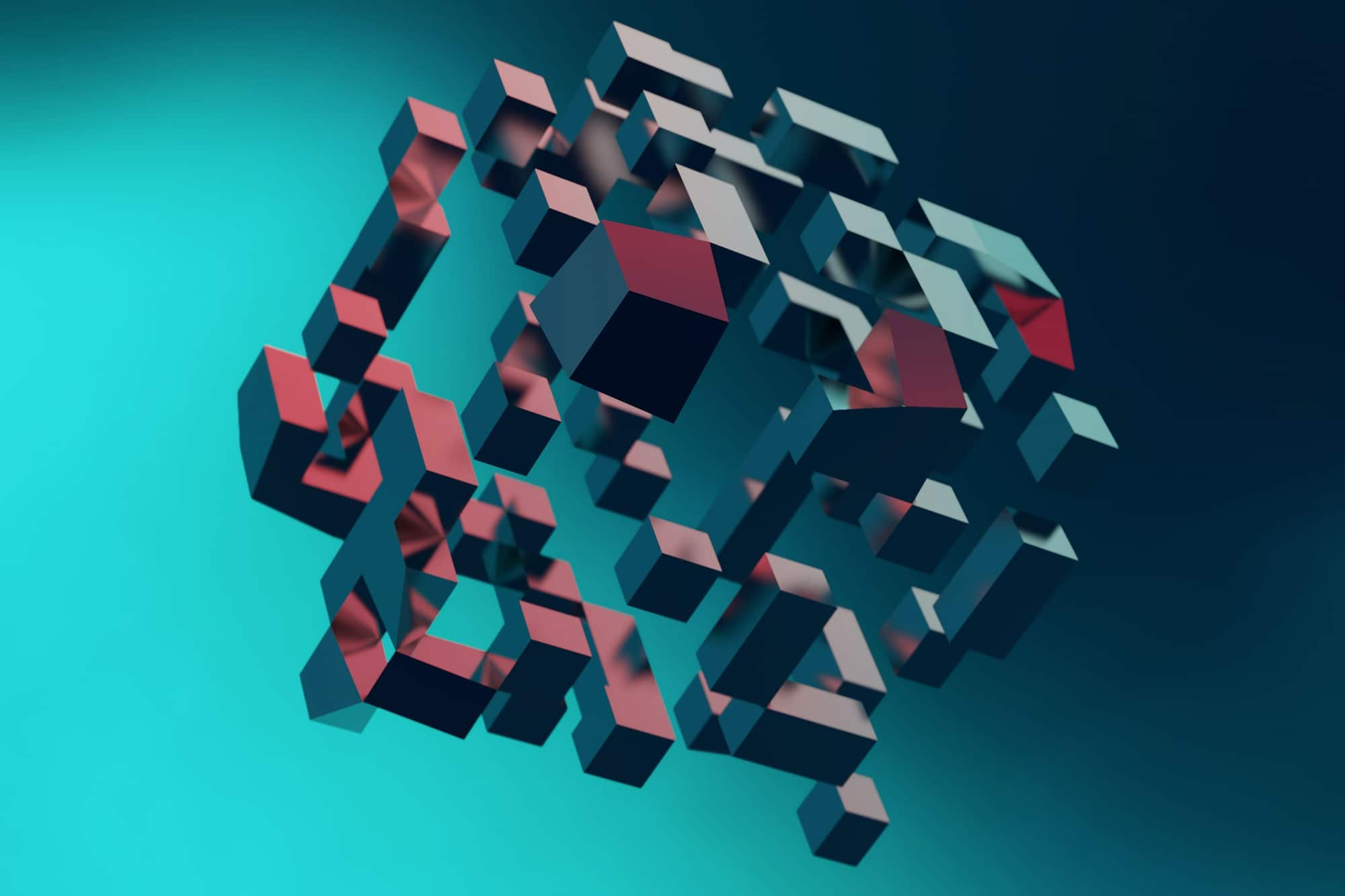– a portrait of artist Sarah Ridgley who uses code as a paintbrush
In this interview, artist Sarah Ridgley explains the concept of generative art and tells how code can be used as a medium for artists, just like paint and clay. Sara also explains why generative art is perfectly suited to be tokenized as NFTs on the blockchain.
Trine Juulsen (TJ): How did you get interested in NFTs, and when did you decide to create your first NFT?
Sarah Ridgley (SR): I first discovered NFTs when I learned about CryptoKitties in 2017. I thought they were really fun, and I liked the idea of being able to collect something that lived on the blockchain. I only knew a little about crypto at that point, but I was really interested in this idea of combining the blockchain with digital art to create limited editions.
I made my first experiment with tokenizing generative art in early 2019. I wanted to try and use the blockchain as part of the work, but I thought Ethereum was too expensive to play with at the time. So I looked at another chain, Stellar, which had much lower gas fees. The piece I made is not really “on-chain,” because the program just lives on my website. But it does interact with the blockchain in two ways. 1) to check if you are actually holding the token and 2) to get your wallet address to use as a “seed” for the program. I thought it was so interesting to incorporate data from the blockchain into a piece of generative art, and it was exciting when I managed to get it working.
(TJ): To you, what does it mean to be a generative artist – how should I understand that?
(SR): Generative art seems to have a lot of different definitions, but for my practice, it means making art using code and giving up some level of control to randomness interpreted by the computer.
There is a lot of discussion about defining what generative art is, and I think this mostly revolves around the materials used within the genre. Just like how painters use a wide array of different media to make marks on a canvas, generative art can also be made with many different materials. Some artists might use hand-drawn or SVG elements algorithmically arranged into a generative collage, others might use machine learning with carefully curated data-sets of images. There are really infinite ways to combine code, randomness, and imagery. But for me, my material is code, and this is the only material I currently use to create my work.
Drawing with code basically involves thinking of the instructions needed so that the computer can create the output you want. This is usually done with an algorithm of some sort so that the steps can be repeated and interpreted in different ways. It’s an iterative process as you work to determine which instructions will actually give you the results you imagined. Computers are very literal, they do exactly what you tell them. But this isn’t always what you thought you were saying! Sometimes this leads to wonderful, unexpected ideas. Sometimes it’s just extremely frustrating.
(TJ): On one side, you write that you work in the space between organic drawing and computer generation, is that true to all your work, or is this more the case in specific projects?

(SR): I think this concept is always a part of my approach to generative art. When I first started learning to make art with code, I immediately wanted to figure out how to create variable line widths and add texture to whatever I was making. I’m always thinking about how to reflect a human touch in my machine-made work. But it’s also important to me that my computer collaborator is reflected as well. I think the blending of chaos (my hand) with the precision of the computer is fascinating.
(TJ): What would you say are the underlying principles and values that drive your work?
(SR): I would say that I’m really interested in organic, natural themes and all the interesting challenges that come with creating this style in a completely code-driven way. The interconnectivity between the natural and the digital is an important part of our lives, and will become even more important as we shift further into digital spaces. We find connection in the calmness and beauty of the natural world, and we must maintain that connection even while living more of our life in the digital realm.

(TJ): You have different projects; would you tell us a bit about these and what they have in common, and how they differ?
(SR): Most of my work reflects themes of nature and the natural world, and also a love for poetry and handwritten words. One common theme throughout my work is exploring different ways to create lines and shapes, and how to coax rigid computer outputs into something more organic.
When I think about this question, I realize that most of my work has been made during the Covid pandemic. I think this has definitely been an influence on me. My first series on Ethereum, Unraveling, was a response to living in lockdown and all the new pressures that arose from that swift and sudden life change.
My next series, Generative Knots, was also influenced by feelings of being trapped or caught in a situation I couldn’t see my way out of. I finished working on Chaos Sonatas while we were visiting my in-laws for the first time in over a year. It was a bittersweet reflection of being together again but missing that lost time.
After those projects, I started working on my lettering program again. I’ve always loved beautiful calligraphy, and I really wanted to find a way to explore generative lettering. Handwriting was actually one of my first generative projects, but I stopped working on it for a long time because I kept getting frustrated that I couldn’t make it do what I wanted.
This time, I decided to approach it in smaller steps and document each change. I started publishing pages on Hic et Nunc to keep track of my progress and the refinements to my code. I found that it was much easier to make progress by moving slowly and intentionally.

I also started working on my project for Art Blocks, Himinn, around this time. I like working on different projects simultaneously because when I get stuck I can jump into something else. Himinn was such a calming project, even when I got frustrated I could sit and generate a bunch of peaceful clouds and relax again.
I’ve always enjoyed the beauty of clouds and the constantly changing skies, so it was a familiar subject for me to work with. I also wanted to consider the idea of mindfulness and having a moment to slow down and take time for ourselves. But in the background, there was also this strange jealousy of the clouds. I spent months studying different skyscapes and watching the clouds roll along and go wherever they pleased, completely untethered. I chose not to show any landforms in my skies as an intentional reflection on the fact that clouds have no boundaries, no travel restrictions, no quarantine. Just a freedom to roam the earth.
After Himinn, I continued working on my lettering and asemic poetry to create a collection of poems, The Lover’s Case, for an exhibition with theVERSEverse. I focused on the structure of a poem and how to use asemic lettering to create visual poetry. Things can quickly start to look the same when you’re not getting any semantic feedback from the words. So when I make a new poem, I really have to change things visually. Repeating glyphs are an important part of my program. I have a set of specific glyphs that I use over and over again, but they appear differently each time because I’ve given the program a lot of latitude for how to interpret them. This repetition adds to the overall verisimilitude to poetry and writing and is important to the final poem. For The Lover’s Case I also incorporated the symbology of roses into the collection to provide a marker and arbitrary influence on these meaningless words.
(TJ): As an artist working with code as a medium, where, to you, does the boundary between writing code and making art by writing code lie? Or said in another way, how to you is writing code art?
(SR): As someone who does not have a background in programming, this is an interesting question that I’ve never really thought about. All the code I’ve ever written has been meant to create art.
I suppose that writing code is the way I control the brush. Instead of using my hands to physically draw or paint, I use them to type functions that are rendered and translated to a digital form on the screen. I use code to create lines, color, value, contrast, all the elements that are important for a work of art. The difference is that I write instructions for how to do it, instead of actually doing it. And there is definitely a beauty and a skill in writing succinct instructions that automate and create your artistic vision.

(TJ): How did writing code start to become an artwork to you, and what made you say ‘okay, what I do here is art’?
(SR): When I first started learning generative art, I followed tutorials from so many different books. I learned how things worked, how to write my own functions, and how to research something when I got stuck. Eventually, I started trying my own ideas. I would say that once I reached the point where I could find my own solution to create something was when I started thinking of my work as art.
I really think that making art with code is an exciting new frontier. Just like how impressionism and modern art arose from the freedom that paint tubes provided, I think generative art allows new freedoms with the ability to quickly try out so many different compositions and ideas within a framework.

(TJ): You do generative art – how do you find it relates to other kinds of crypto art? Are there things you would say you might have in common with crypto art in general? Like themes or ways of thinking about art maybe that you find you might have in common?
(SR): For a long time I thought “crypto art” was art specifically focused on the currency aspect of the blockchain. But then I started to understand that it really just means any art that is cryptographically tied to a token and doesn’t have to involve the theme of money. One of the main unifying themes in all crypto art is the concept of digital scarcity and creating value for something infinitely reproducible. For natively digital art like generative art, this is really such an important concept. I also think the idea of “variations on a theme” is something a lot of crypto art has in common, and is at the heart of any generative art system.
Explore Sarah Ridgley’s work here: https://sarahridgley.com/
Read other stories: Should artists integrate NFTs into their artistic practice?



